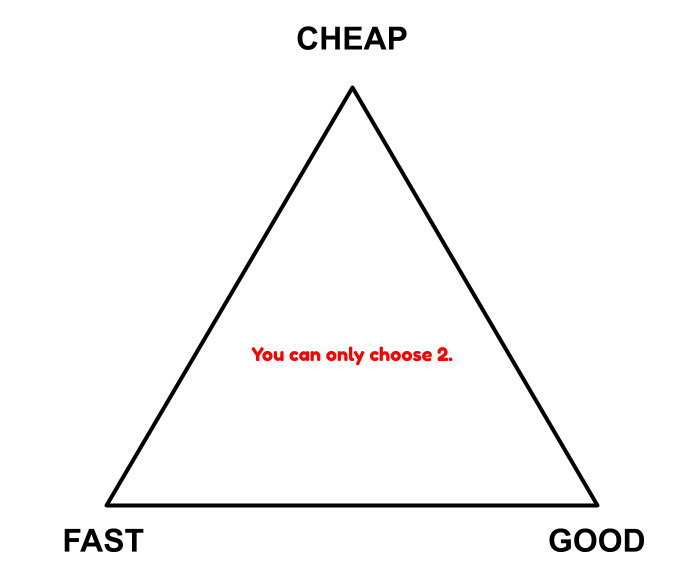If your manager or client gives you a specific goal, you should be able to think of everything you need to consider your tasks done.
Game design is also design, so that is also solving problems. Frankly, it’s hard to predict precisely everything you will encounter on your path.
Use the help of the AI to improve this part. AI will probably give you lots of wrong information, too. But it’s great to not have to start from scratch.
Try out a prompt like this:
“You are the lead game designer for a new game. [add here more detail on the game]. Your manager gave you 2 weeks to complete a {task}. Write in a table format all the steps needed to reach the goal successfully. Please, use this {columns} format.
{task}: tutorial
{columns}: days, tasks title, description, KPI, needs”
(you should edit and tailor this prompt, it’s just an example NOT a template)
When you have the output, work on that table and prepare to make the right promises to your manager/client.
PRO TIP: it’s better to promise 1 thing and deliver 3 than 3 things and deliver 1. Fight for your rights! If you see 5 tasks that you can do in 2 weeks, tell them you can do 2-3. Then surprise them with the rest, in case you manage to be fast! We suck at estimations, and that’s a human feature, not a bug. But the reason for that is for another post.
